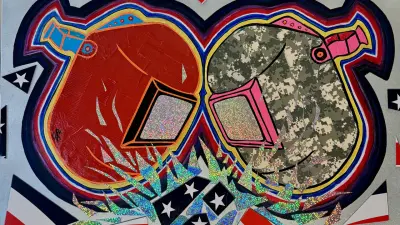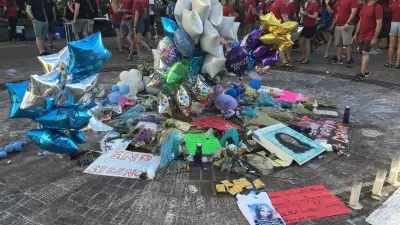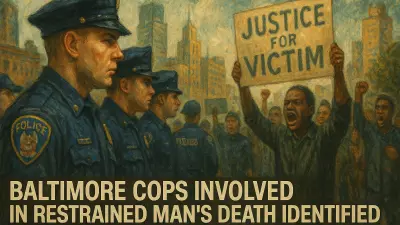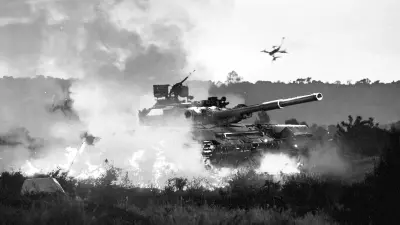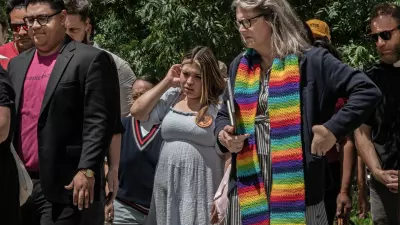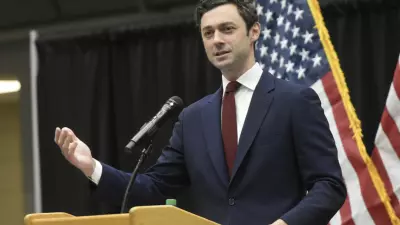LIMA, Peru — Between January 2016 and this January, Peru has had seven presidents, one of whom lasted just five days. Only the first completed his five-year term, and only one — the current president — is not being, or has not yet been, prosecuted or detained on corruption charges.

Demonstrations have erupted here in reaction to the ouster of former President Pedro Castillo and the appointment of his former vice president, Dina Boluarte, last month. More than 40 people have died in the clashes, and it is becoming clearer that law enforcement has used excessive force, violating human rights.
The violence on both sides is increasing and, at times, it seems to be out of control. On Monday, a medical intern was killed on the sidewalk by police forces while trying to help an injured protester. A police officer was tortured and killed by the mob who also tried to burn him alive. It was the bloodiest day of the protests with 17 dead. The last time so many people died in a protest was on June 12, 1969, in Huanta, Ayacucho: 14 dead.
Some leftists claim that the current regime is a fascist civilian-military dictatorship that is murdering citizens who protest. They are lying.
The right labels demonstrators as criminals, communists, or terrorists; they say the government of Pedro Castillo came to power through electoral fraud. They’re lying, too.
Cornered by allegations and signs of corruption that point to him as the head of a criminal organization, Castillo staged a coup d’état. All the institutions of democracy condemned the coup, but only when the Armed Forces announced which side they would take, Congress met, vacated Castillo, and named his successor: Dina Boluarte. And all in just over three hours — a welcome but unusual efficiency.
Peruvian-style democracy
For many Peruvians, democracy is the act of voting every five or four years to elect political representatives, that’s all. But, if only for that day, the wills of all the citizens in this fractured country have the same value.
The rest of the time, democracy is an abstract that nobody understands very well.
After Pedro Castillo’s vacancy, marches and protests began to take place, especially in the southern regions, where the bulk of his support came from. According to Ipsos, up to 42% of southern regions supported the former president; nationally, 26% supported him.
To many protesters calling for his reinstatement, Pedro Castillo did not perpetrate a coup; he was vacated because he did not represent the interests of the ruling classes.
In Peru, presidential candidates end up being captured by the de facto powers, which are the business community and the armed forces.
To many, especially in the south, Castillo represented the first and only time they could identify with an elected president whose image, origin, and forms reflected their own. Even if he was corrupt or inept, he represented that victory. Their victory. Vacating him was to snatch that rare first victory from them using legalisms.
And now, Boluarte governs in implicit alliance with Congress. It’s a Congress that had barely a 10% approval rating as of November, before Castillo was vacated. It’s a Congress that only represents itself and whose replacement is perhaps the only common demand among all protesters. Hence, there is an urgency to bring the elections forward: it is an emergency way out.
That is why, to many, democracy is an entelechy and a pantomime.
Polarization and protests
The far right and the far left, together, do not represent even 30% of the citizenry, according to the results of the last election (July, 2021). However, they are overrepresented in the media and social networks. The wild scream is a better spectacle than the moderate comment.
Extreme polarization relies on ultra-simplified readings of reality, on highly biased interpretations of facts. The extremes never acknowledge/accept the possibility of their own error or the existence of nuances. Far out there, everything is absolute, and complexity is undesirable.
But the protests are full of nuance. There are those who demand Congress shut down and hold early elections because they say that the will of the people has been broken. This is the largest group of citizens, who protest generally peacefully, but have no leaders to cohere or represent them.
There are those who protest out of exhaustion, helplessness, and anger at what they perceive as systemic injustices committed against them, their interests, and their identity.
There are those who march to gain more attention from the state.
There are those who seek to destabilize the state under ideological concepts, which are dangerously similar to those held up by the most bloodthirsty terrorist organization Peru has ever known: Shining Path.
There are also those who hang on to the protests — be it to commit crimes, to vent their frustrations, or to try to revive social organizations that have become old bureaucracies that no longer represent anyone.
Although in the minority, there are also protesters from the informal and illegal economy -namely illegal mining, smuggling, and narcotraffic: people hired to set fire to judiciary buildings where records and evidence of trials concerning persons involved in illegal activities are kept.
Making such distinctions is very important, yet few are prone (or willing) to do so.
The extreme right is not interested in recognizing these differences, because it is much easier and more effective to label them all as criminals and terrorists. On the far left, they resort to denial because they believe that acknowledging that there are criminals taking advantage of the disorder and chaos of the marches delegitimizes the protest and gives rise to its criminalization.
And although this is only partially true, the left is incapable of seeing beyond its slogans, even if holding them up backfires. That denial favors the position of the far right: If the left says there are no criminals in the demonstrations — even though we are all watching people on TV burning public and private property and taking over airports and roads and blowing up hills with dynamite — it is because they are, indeed, all criminals, and the left is covering them up and justifying them since they are just like them. Very idiotic.
Colophon
The long-term solution requires that we find common ground and come to some sort of agreement. The tragedy of these days is that there are no political or social actors with relevant representativeness or leaders able to reach a truce on behalf of the mobilized people and negotiate a way out of the crisis.
The solution we have chosen, because it is the only one we have at hand, has been to continue kicking the fundamental problem into the future and elect a new president and Congress in April 2024 instead of April 2026. And then, wait till the next explosion.


